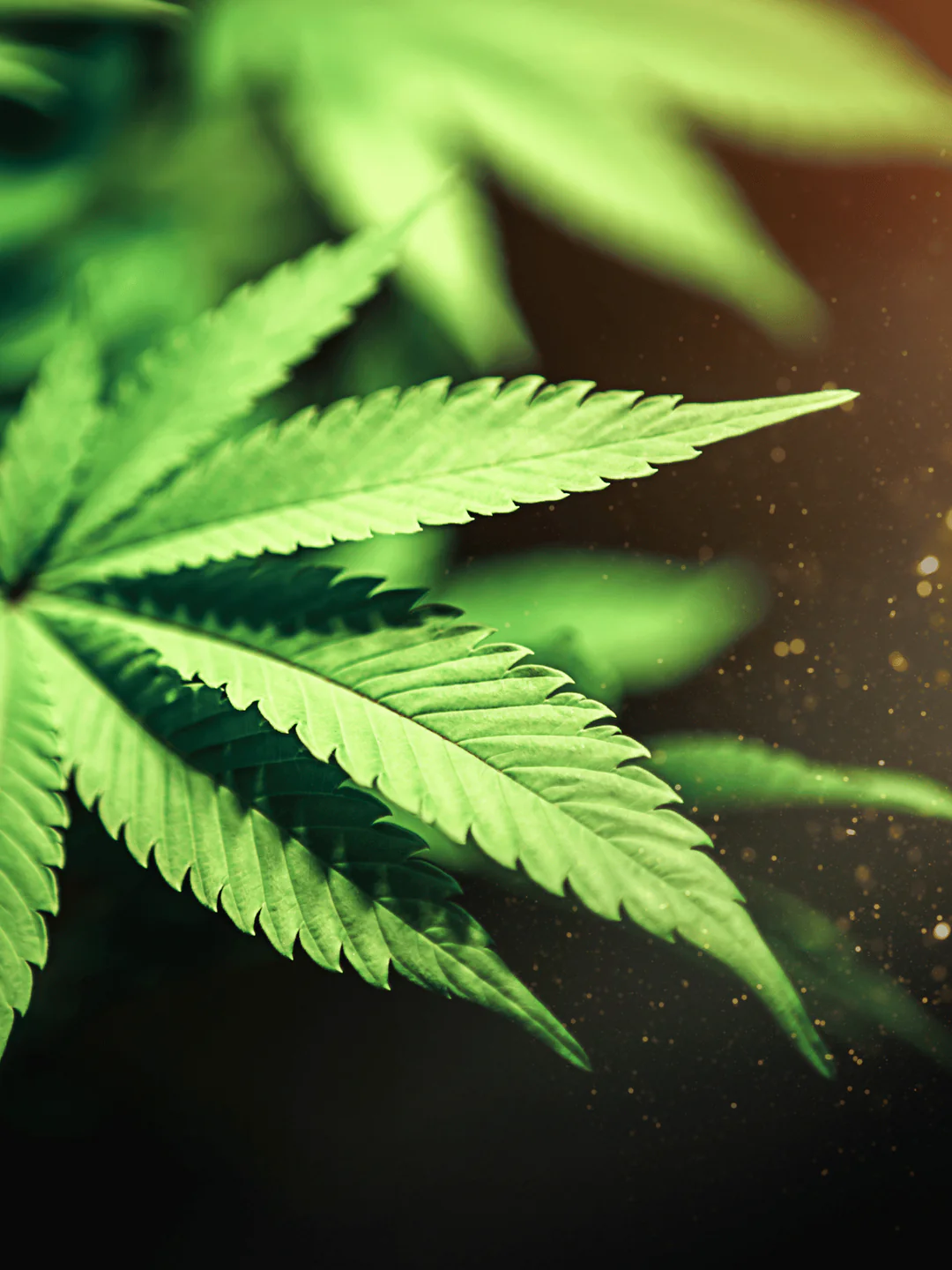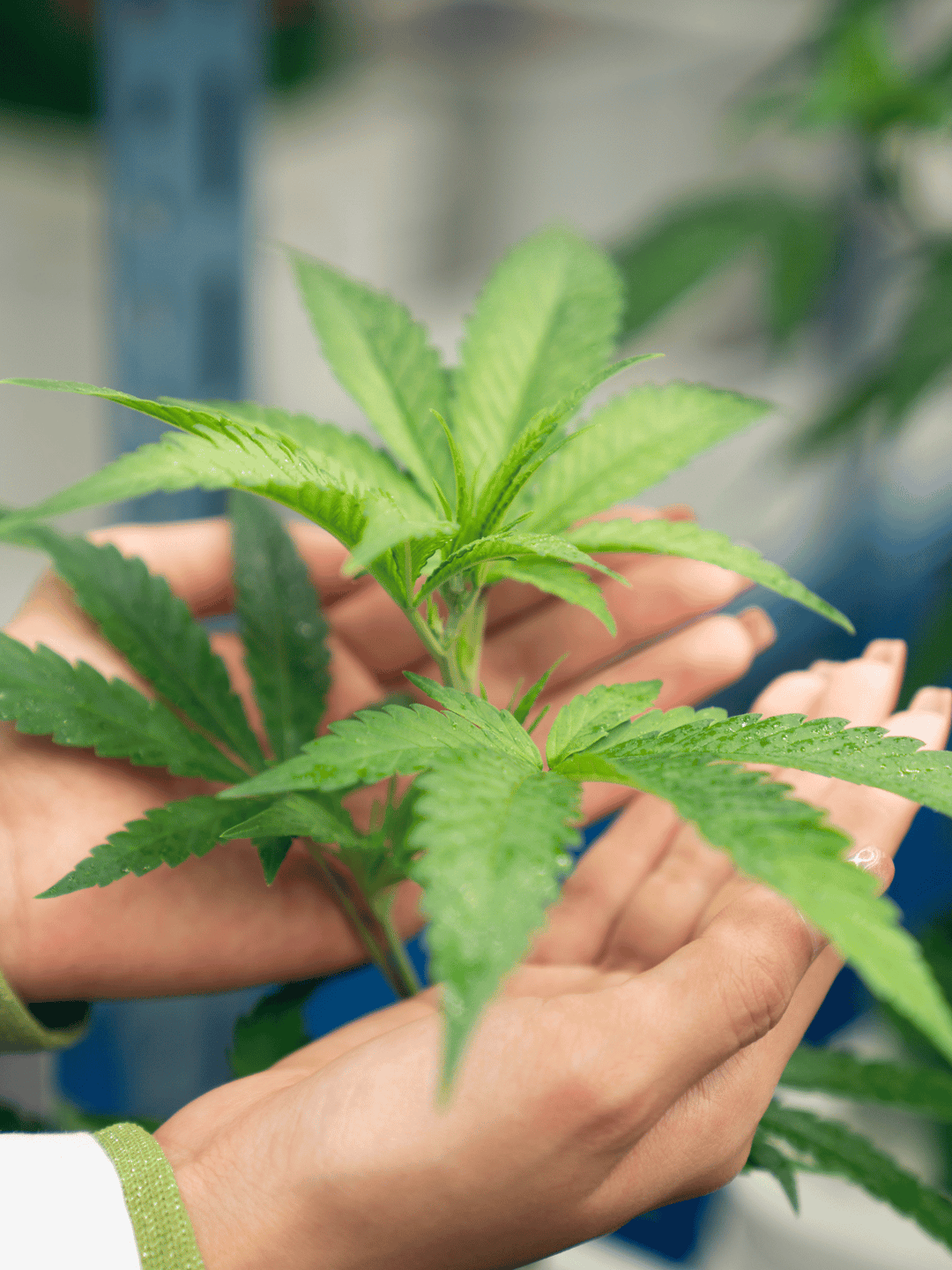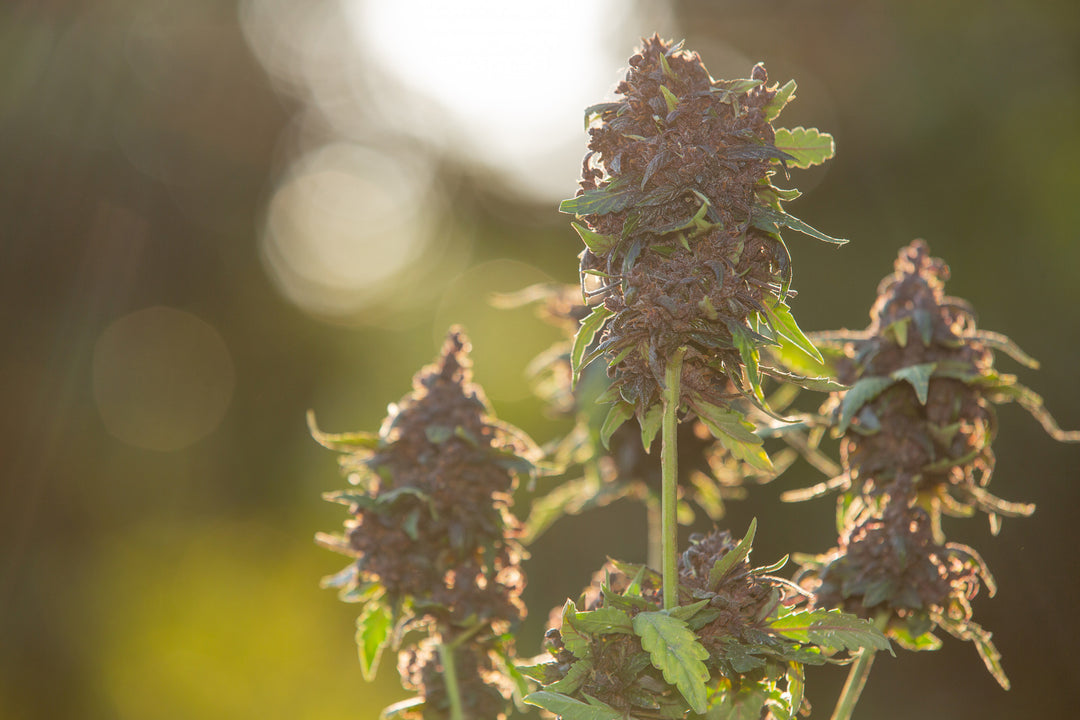Less light at the end of flowering - Does it really bring benefits?
Why light plays an important role in the flowering phase
During the flowering phase, plants need a certain amount of light to grow optimally and form flowers. Growers usually work with a light cycle of 12 hours of light and 12 hours of darkness. But at the end of the flowering phase, some growers experiment with reducing the hours of light. The idea behind this is to encourage the plant to put its last energy reserves into flower production.
Less light at the end of flowering
As the days get shorter, this signals to the plant that winter is approaching. In nature, this means that there is not much time left to reproduce. The plant responds by maturing its flowers further and increasing resin production. Some growers report more compact, resinous flowers with a more intense flavour if they gradually reduce the hours of light towards the end of flowering.


How can you extend the dark phase?
There are various methods for reducing the hours of light at the end of flowering, the two most common of which are
- Gradual reduction: the daily light duration is reduced from 12 to 10 or even 8 hours in the last week or two, allowing the plant to adapt slowly and concentrate on final ripening.
- Complete darkness: Some growers leave their plants in complete darkness for the last 24 to 48 hours before harvesting. This method is intended to boost resin production and ensure a better flavour.
When is the right time for less light?
Not every variety reacts in the same way to reduced lighting, so it is worth trying out different methods. In general, however, the following applies:
- The last 7 to 14 days of the flowering phase are the ideal period for a light reduction.
- Sativa-dominant plants often react more sensitively than indica varieties.
- A sudden change can cause stress - so it is better to reduce the light slowly.
- The temperature should also remain stable during the dark phase to prevent unwanted mould.
Can less light improve quality?
Whether less light at the end of flowering actually leads to better results depends on many factors. While some growers swear that their plants develop more resin and a more intense flavour as a result, others see hardly any difference. If you are curious, you can test with a plant and observe whether it is worth reducing the light hours. So a little experimentation can definitely pay off!








































